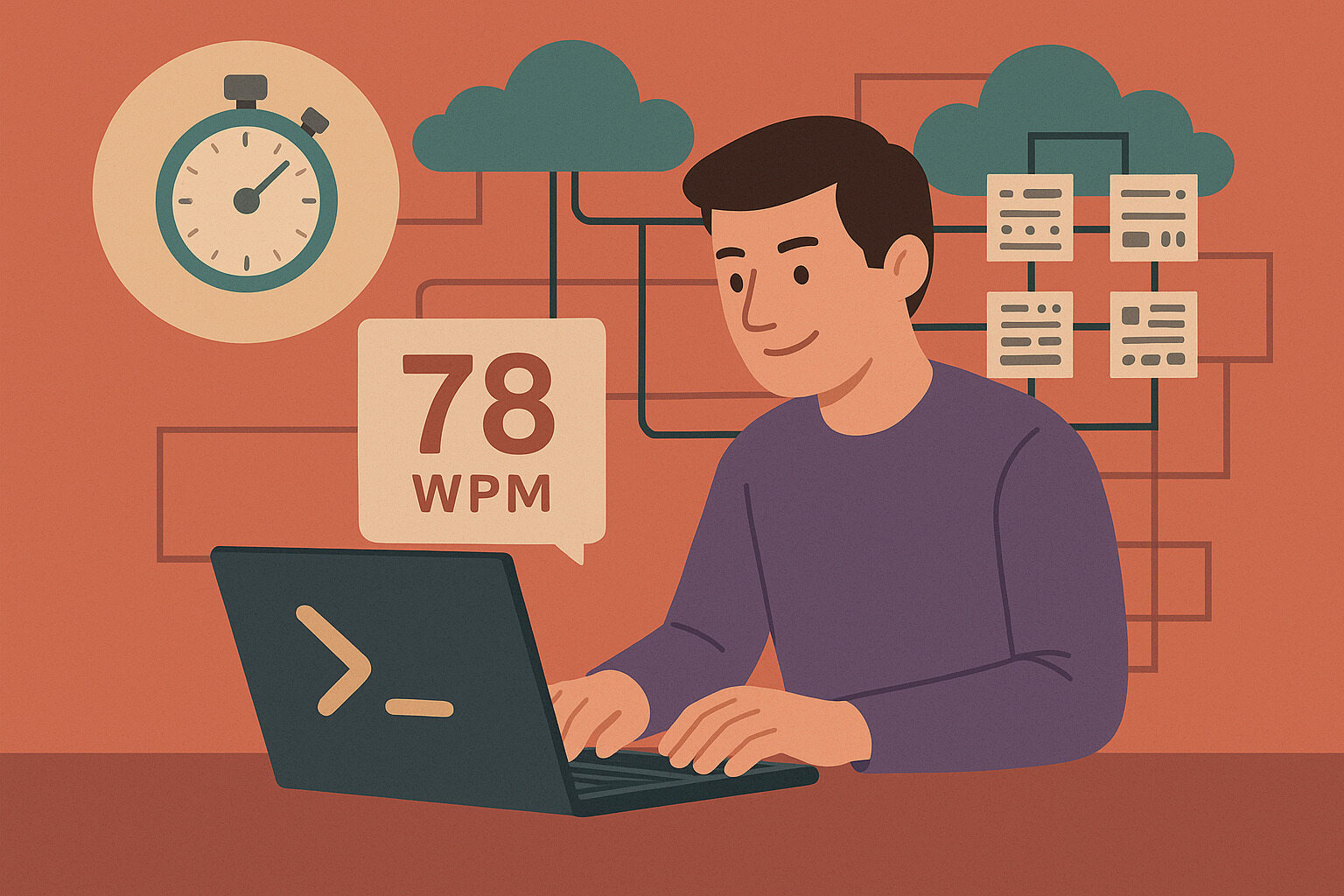The Foundation of Speed and Stability in Grid Clusters
As the volume of data companies must process increases, so does the demand for speed and consistency in their computing systems. One of the most effective tools used is grid clusters—a set of interconnected computers working together to process large workloads. But simply having a cluster is not enough. The real value is revealed when the system runs efficiently and quickly.
If each component of the grid isn’t properly configured, the entire system slows down. This doesn’t just affect performance—it also impacts user experience and output quality. Even a small delay can slow down the whole operation. That’s why it’s critical to focus on how to boost the performance of each part of the grid.
Even if individual nodes seem simple, coordination between them is what powers the entire system. Proper configuration, load distribution, and proactive monitoring significantly impact task speed. Understanding the techniques to maintain stability and enhance process results is essential.
Optimizing Task Distribution
An effective way to accelerate grid cluster performance is by optimizing task distribution. Instead of assigning tasks randomly, it’s better to match jobs with the capacity and current load of each node—like assigning tasks to team members based on their strengths.
When tasks are evenly distributed, the chance of slowdown is reduced. For example, a more resource-capable node can handle heavier tasks, while lighter nodes handle smaller ones. This way, jobs finish simultaneously.
Dynamic scheduling is also essential. The distribution doesn’t need to be fixed from the beginning. As the process runs, task assignments can be adjusted based on node performance. This flexibility helps avoid overload.
Avoiding Bottlenecks in Network Communication
Network bottlenecks are a common cause of delays in grid clusters. When too much data passes through a single connection, flow slows down. This reduces both speed and reliability—like traffic congestion affecting all lanes.
To prevent this, a clear routing strategy is needed. Choose the right protocol and ensure consistent throughput across all parts. Sometimes, simply reconfiguring cables or settings can significantly improve performance. Direct node-to-node communication, when possible, is faster than passing through multiple layers.
Monitoring network health is also important. If a specific path is consistently congested, it can be reconfigured or upgraded. In some cases, adding backup communication lines prevents grid-wide slowdowns.
Using High-Performance Storage Solutions
Performance isn’t just about CPUs or memory—storage systems also play a vital role. A slow file system can hinder data access, regardless of processor speed. This is where high-performance storage becomes essential.
Using distributed or parallel file systems helps accelerate reading and writing. If multiple nodes access the same data simultaneously, the storage layout must support this pattern. RAID setups or SSD-based systems are also effective.
Caching strategies further enhance speed. Frequently accessed data stored in cache reduces repeated disk access, lowering traffic and speeding up processing.
Managing Job Queues and Scheduling Policies
Proper job scheduling directly affects task execution. Without structured queuing, priorities may get mixed up. Clear job queues and suitable scheduling policies are crucial.
Some applications require high-priority tasks. In such cases, preemptive scheduling gives way to critical jobs. In others, a round-robin approach ensures fairness.
Queue management acts like traffic lights at an intersection. Without it, everything clashes. But with proper signaling, flow remains smooth—even under high load.
Regular Maintenance and Software Updates
Systems are like machines—they need regular maintenance to sustain performance. Even the most efficient setup will slow down over time with outdated software or bugs. That’s why scheduled updates and tuning are important.
Ensure that modules, schedulers, and libraries are running the latest stable versions. Sometimes, a small patch can fix a long-standing issue. Security and compatibility concerns can also be addressed via timely updates.
Check hardware, too. Nodes that frequently crash or restart should be repaired or replaced. Automated diagnostics help detect potential failures before they disrupt operations.
Accurate Metrics for Performance Monitoring
You can’t guess system speed—it must be backed by data. Performance metrics like latency, throughput, and resource utilization help pinpoint issues and plan improvements.
For instance, high CPU usage but low throughput might indicate inefficient task processing. If network traffic is high but communication remains slow, it may point to packet loss or congestion.
Tools like Grafana, Prometheus, or custom dashboards help visualize system flow. Real-time insights enable immediate adjustments and long-term optimization.
Strengthening Security Without Sacrificing Speed
Sometimes, security protocols can slow systems down—but that doesn’t mean sacrificing protection. Instead, aim for a balance between safety and speed.
Use lightweight encryption for security that’s not overly computational. Segment access per node to avoid bottlenecks from a centralized security layer. This mirrors zero-trust systems with local validation.
Well-configured firewalls, access controls, and data integrity checks can secure systems without interrupting workflows. It’s best to include security design from the start.
Fault Recovery Plan for Continuous Operations
Errors are inevitable. A good grid cluster has fallback mechanisms to keep tasks running even if parts fail. A recovery plan acts like a safety net to prevent total collapse.
Strategies like auto-retrying failed jobs, critical data replication, and automated node replacement ensure continuity without manual intervention.
Ideally, each layer has redundancy—from storage to communication to processing. This minimizes downtime and maintains user trust.
Long-Term Value of Performance Tuning
The true value of performance tuning in Clusters Grid extends far beyond the short-term boost in speed. While immediate gains in efficiency and responsiveness are important, the long-lasting impact is even more critical. A well-tuned system becomes a foundation for scalability, stability, and user trust. By proactively identifying and removing inefficiencies, organizations reduce the likelihood of costly outages and bottlenecks, ultimately fostering an environment where systems are ready to handle growth and complexity without frequent overhauls.
For businesses, this translates to faster execution of data-driven decisions, which can significantly enhance strategic planning and operational agility. A responsive system allows analytics teams to process large datasets in real-time, leading to quicker insights and competitive advantages. In the research world, a robust grid cluster supports more simulations and data-intensive experiments, enabling breakthroughs that would otherwise be delayed by technical limitations. Developers benefit as well—shorter build and deployment times free them to iterate quickly, test efficiently, and bring new ideas to life without being hindered by infrastructure constraints.
Ultimately, every optimization effort—from refining load distribution and improving network communication to implementing fault recovery mechanisms—is a long-term investment in resilience and capability. These improvements compound over time, reducing maintenance costs, improving user satisfaction, and extending the lifecycle of the infrastructure. When performance tuning is treated not just as a reaction to problems but as a continuous process, it becomes a strategic asset that empowers organizations to adapt and thrive in an ever-demanding digital landscape.



